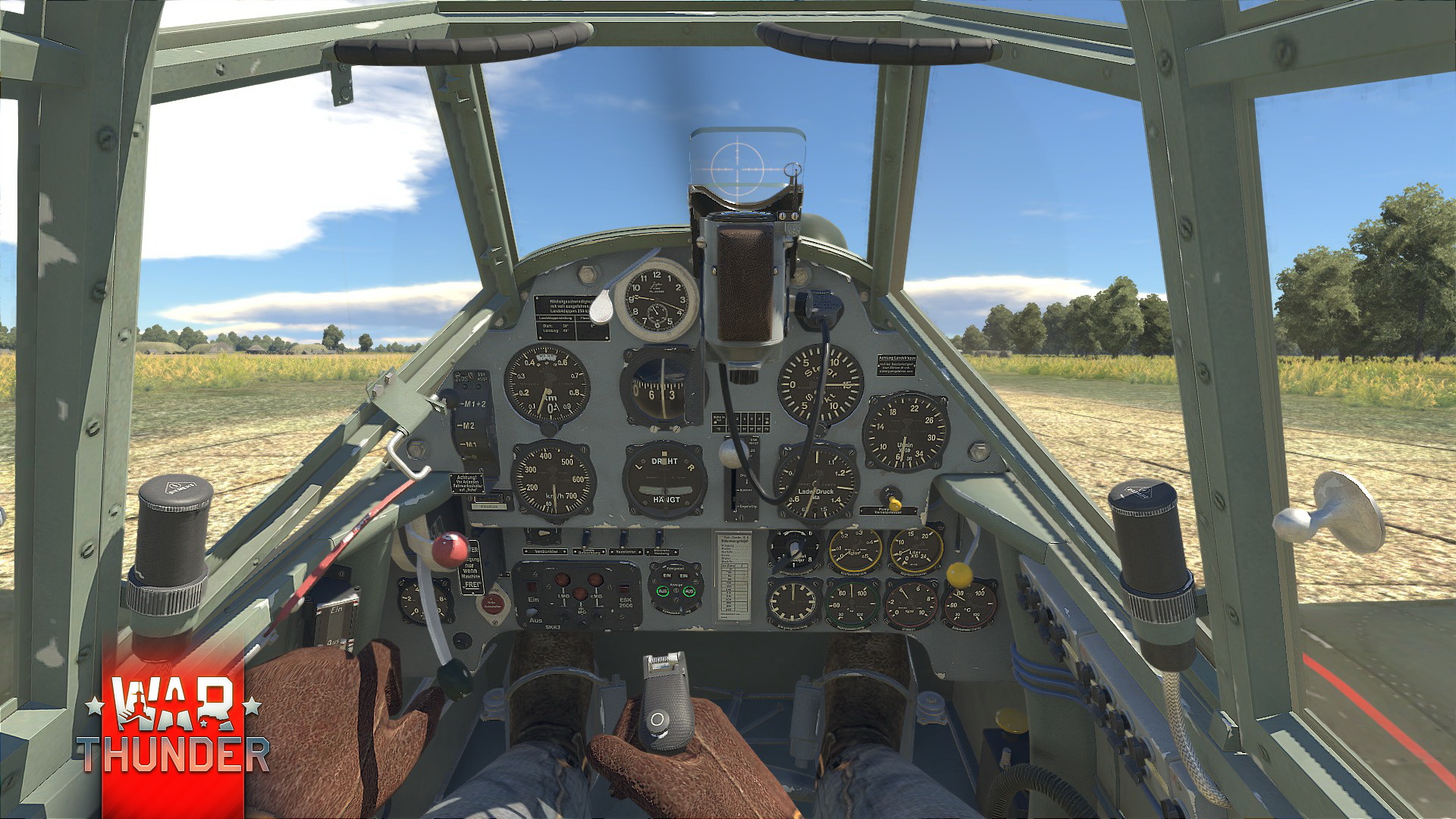

The Stirling`s low operational ceiling of just 12,000 ft – also caused by the thick wing – meant that it was usually picked on by night fighters. British heavy bomber designs often had three gun turrets with a total of 8 machine guns. Heavy bombers still needed defensive armament, for protection, even at night. Due to its thick, short wing, it was able to out-turn the main German night fighters, the Messerschmitt Bf110 and the Junkers Ju88. It carried up to 14,000 lbs of bombs – almost twice as much as a Boeing B-17 Flying Fortress – but over just a 300 mile radius. The hull of the flying boat was replaced by a lower fuselage. It was based on the successful Short Sunderland flying boat and shared its Bristol Hercules radial engines, wing, cockpit and upper fuselage. In January 1941, the Short Stirling reached squadrons. The Halifax joined squadrons in November 1940 and flew its first raid against Le Havre on the night of 11–12 March 1941. The Handley-Page Halifax and Avro Lancaster both originated as twin engine bombers, but were rapidly redesigned for four Rolls-Royce Merlin engines and rushed into service once the technical problems of the larger Rolls-Royce Vulture emerged. When Britain and France declared war on Germany in September 1939, the RAF had no heavy bomber. War Thunder Gameplay - War Thunder - B-17 Flying Fortress Bomber Formation in Historical BattleĪ squadron of Avro Lancasters bombing a village


 0 kommentar(er)
0 kommentar(er)
